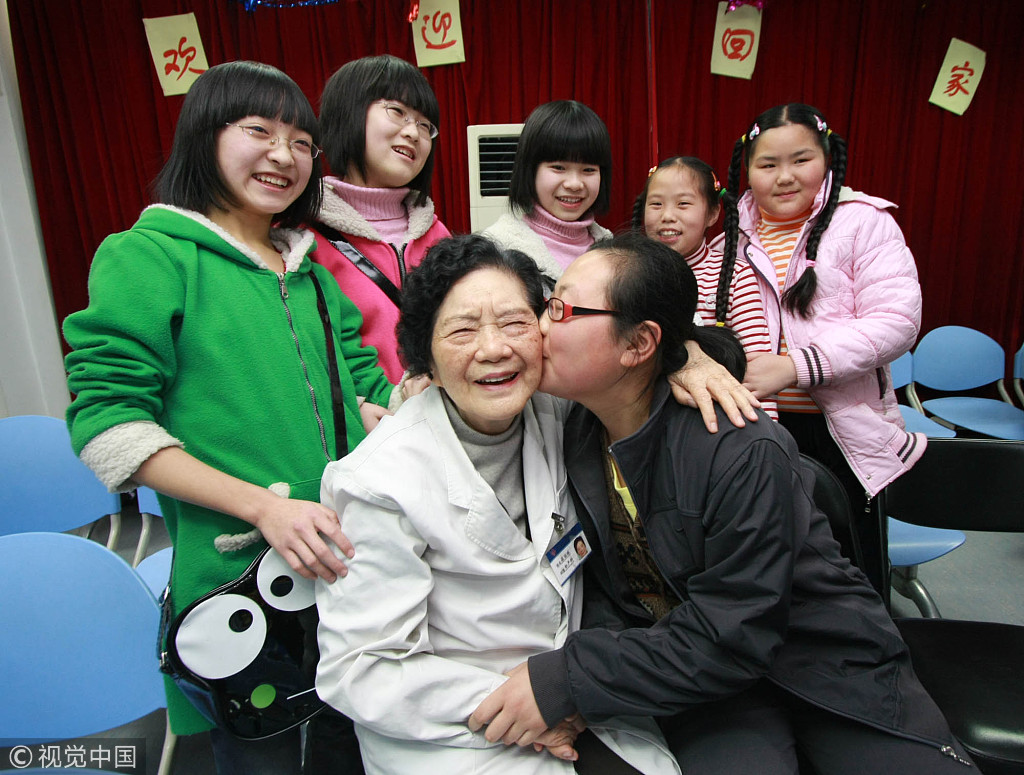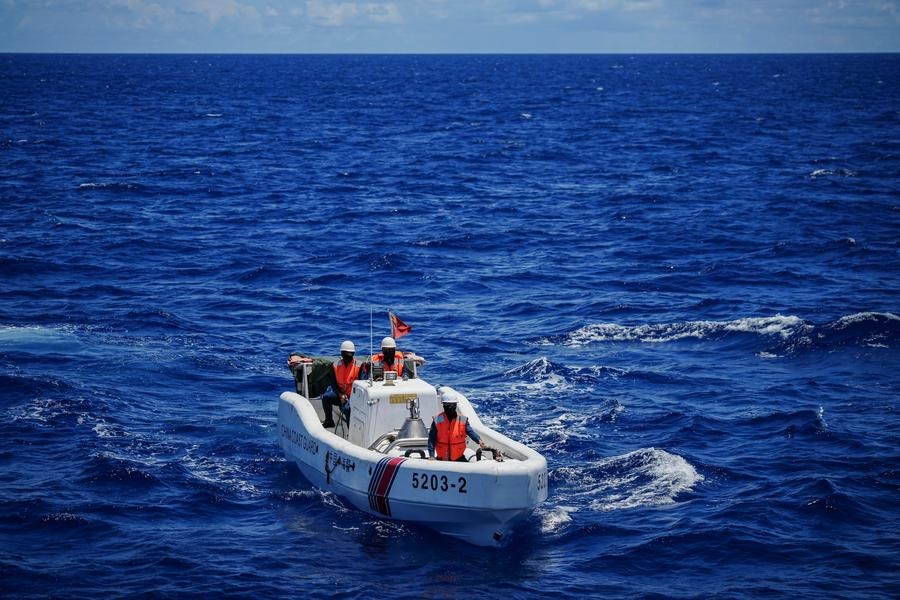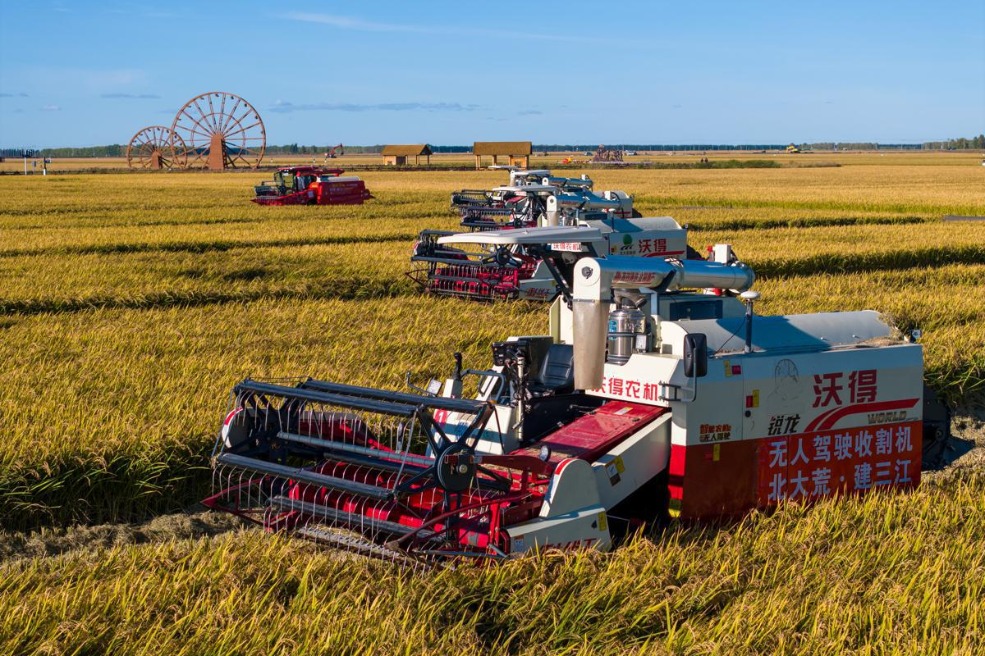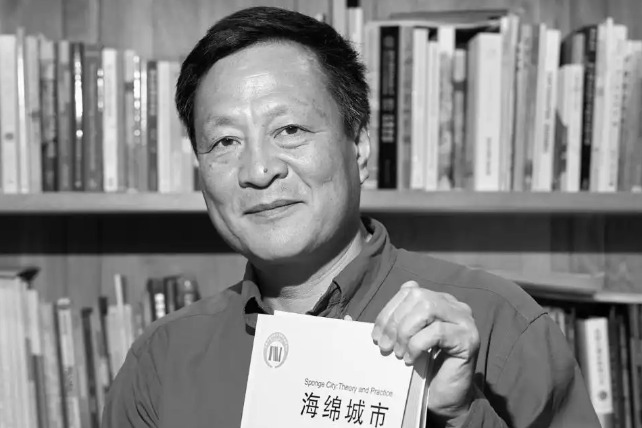Embryo dilemma after 30 years' development of test tube babies


Thirty years after the first test tube baby was born in China, assisted reproduction centers face a dilemma: how to deal with leftover embryos, Science and Technology Daily reported.
As a country where the number of test tube babies ranks on top of the world, up to 200,000 babies are born via in-vitro fertilization (IVF) every year.
For every IVF cycle, the hospital cultivates several embryos, implants two into the uterus, and the rest are frozen in liquid nitrogen tanks in the hospital.
Hospitals sign contracts with patients about the leftover embryos, which usually state that hospitals will keep the leftover embryos for some time (for example, six months), and if the patients don't have further requirements, hospitals can discard the frozen embryos after the period.
Many patients lost contact with hospitals, so the leftover embryos become ownerless embryos.
"Hospitals seldom discard embryos," said Yu Qi, head of endocrine and reproductive gynecology center with Peking Union Medical College Hospital. "From doctors' point of view, embryos have the possibility of growing into a baby, so we don't want to destroy them."
If hospitals keep the embryos, there aren't enough room for the liquid nitrogen tanks. Cost is also a big problem. Freezing an embryo costs 1,000 to 3,000 yuan every year. Nobody pays the bill except hospitals for the ownerless embryos.
- NHSA releases new guidelines for long-term care insurance services
- Three trapped after coal mine accident in Northwest China
- 10th China Intl Copyright Expo set to open in Qingdao
- Three cleaners killed by train on Shaoxing metro line
- 2025 Confucius Cultural Festival: 1 day to go!
- SCO Kunming Marathon draws people closer, friendlier, and more united




































